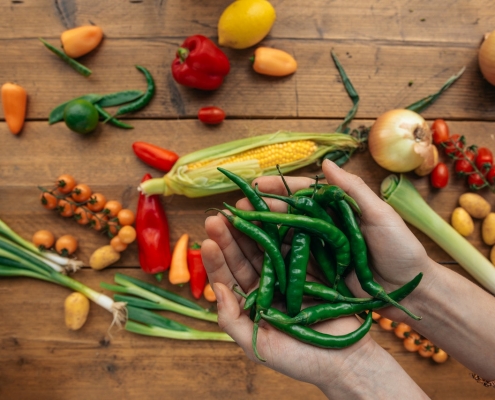Study of chilli genetics could lead to greater variety on our plates
by University of Bath
Scientists investigating the genetics of chili pepper species have discovered a whole host of new chili hybrids that can be grown by crossing domesticated peppers with their wild cousins. This will allow plant breeders to create new varieties that have better disease resistance and could increase productivity.
There are 35 species of pepper in the Capsicum family, including five domesticated species. The most well-known of these is C. annuum, which includes several varieties with widely differing shapes and tastes, including bell peppers, jalapeños, New Mexico chiles, and cayenne peppers.
The team of scientists from the World Vegetable Center in Taiwan investigated the genetic relatedness between 38 samples of 15 species of wild and domesticated peppers collected from locations around the world.
“Many of the wild species have better disease resistance and so our findings could be valuable for identifying candidates for future breeding programs, potentially increasing productivity for food producers and maybe even creating some new flavors to explore too!”
The World Vegetable Center, Taiwan, holds the largest collection of Capsicum genetic material globally.
Dr. Derek Barchenger, from the World Vegetable Center and second author on the study, said, “Unlike other crops in Solanaceae, the use of wild relatives in pepper/chili/chile pepper breeding programs is extremely limited.
> Source: PHYS.ORG



 credit: Public Domain
credit: Public Domain Credit: Canva/Getty Images
Credit: Canva/Getty Images